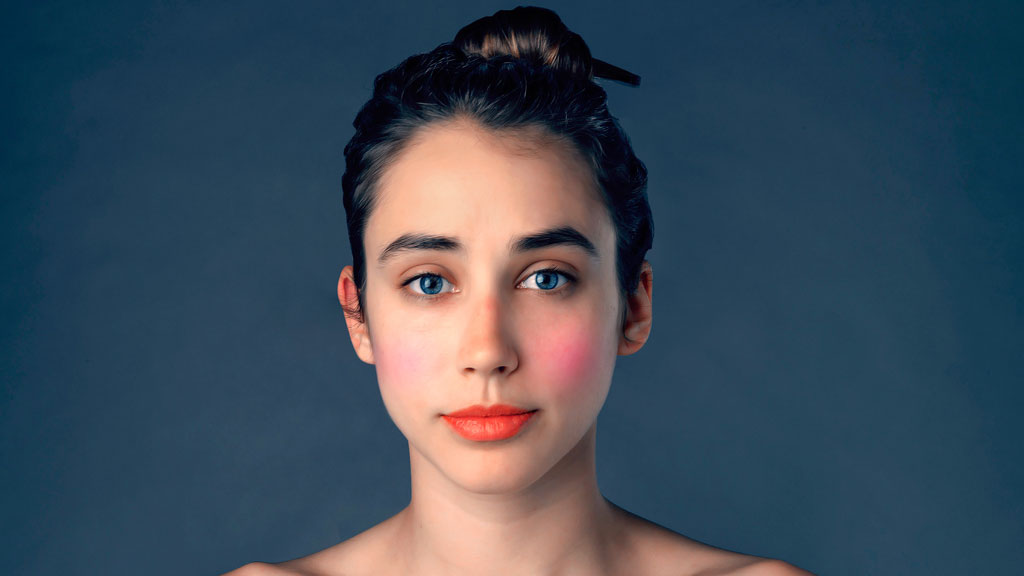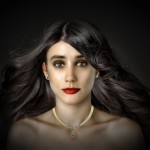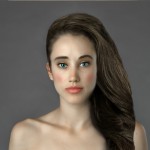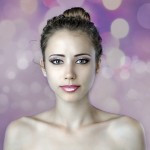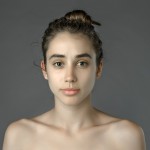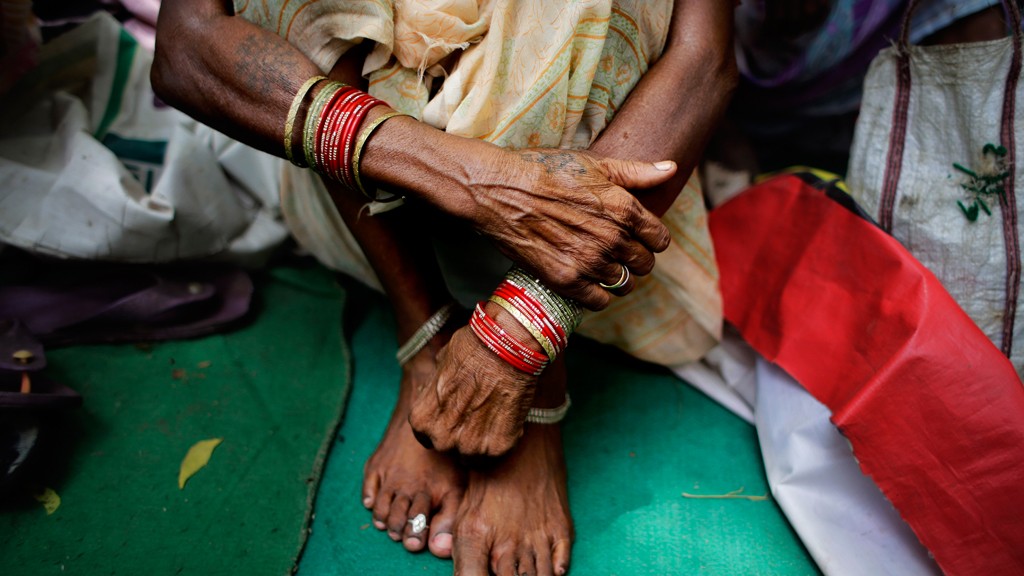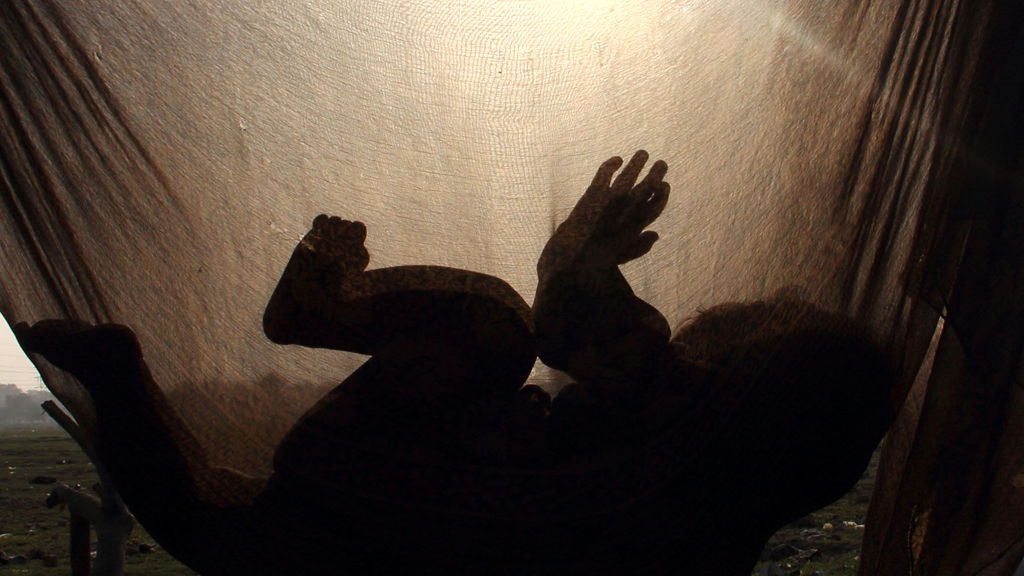“Photoshop is a weird concept.”
“Make me beautiful” was the assignment. Esther Honig, a freelance journalist based in Kansas City, sent out an unaltered photo of herself to Photoshop experts around the world and she asked the experts to make her look beautiful according to the beauty standards of the country. Her project Before & After compiles the astounding results that she collected. It went viral on social media last year. WTO Blogger Roma Rajpal Weiß interviewed Honig on her project.
What was the inspiration behind the project?
A: The idea for the project came to me when I was working as a Social Media strategist for a small startup in Kansas City. As a part of my job I was spending a lot of time online, looking at content and my company wanted me to lookup a website called ‘Fiverr’, which is a freelancing website where you can contract people from all over the world to do a lot of small and different tasks for you. It is basically this online market place where you can select a graphic designer or a blog writer. So, I was using the website when an idea struck me. I saw this opportunity where I could contact people from all over the world with different backgrounds. At one point, I remember finding a lot of photoshoppers on Fiverr. There are people from Bangladesh to Philippines who are all offering their services for Photoshop. I distinctly remember one profile where a Photoshop expert wrote, “I will airbrush your picture and make you look beautiful.” And, I just thought, that it was so interesting because all these people came from different backgrounds and that would influence their concept of beauty and that’s how they would choose to Photoshop your image. How would they define a beautiful image is a question I asked myself and that was the idea behind my project.
How did you go about the experiment?
A: I sent out my photo to these experts across the world. For example, I sent five photos to India and they all came back looking completely different even though it was the same country. The photos that I got back from the Middle East and Latin America weren’t typical or the way I had expected them to be. I just got back these drastically different images that didn’t necessarily have an underlying theme or pattern to them. I had expected that the images would be a product of that culture or would be linked to their belief of beauty. I started having doubts looking at the first images and wanted to give up the project altogether because I didn’t think it was interesting and I couldn’t come to any kind of conclusion. But then I realized that it was still interesting because there were some hints of cultural influences, I did see that in some cases. But mostly the images carried great deal of personal influence. The individual experts had an idea of beauty or a specific taste about what they find attractive, and this was reflected in the images. It could have probably been because of the life experiences they had. So, the images weren’t a representation of a whole culture but about one person’s perspective in a larger culture. And that’s what became the center of conversation.
What did the project’s findings reveal?
A: If I had enough time and money, I would have carried it out for years and collected thousands of pictures. It would have definitely been more insightful. But from the small and sample that I collected, I think, I can derive an interesting observation about skin tone. The lightness of your skin tone has come into vogue. It is something that started out with colonialism and was a greater influence to globalism. It’s just an interesting indication of kind of changing preferences and changing hierarchies all over the world. Lighter skin has been a preference in some countries for centuries. How people define their social class, wealth and beauty is intertwined with the color skin tone and this can be observed in a lot of images. I myself am an olive toned person but my skin tone was enhanced almost in every case. There were only three cases, where my skin was actually darkened. The observation sparks a fascinating conversation that how the idea of beauty is shaped by our global market place and social hierarchies.
Is there a particular image of yours that you loved and said, Wow I look beautiful in this photo?
A: No!!! I think, Photoshop is a weird concept where we can manipulate an image to what we believe is beautiful and yet, it isn’t real. I think if I took any of those images and planted them on to my self in the real world, it would be very strange. Some of them were more like caricatures and weren’t even real looking.
What response has the project invited?
The project has received an incredible response across the world. Beauty is a driving force to our evolution and our progress as a society because it is inherent in our desire. The project opened up a big conversation about the concept of beauty. I think that a lot of people see these images and they want to take away this message that there is no one way to be beautiful, beauty looks different all over and that is a very important message. Every culture has a slightly different interpretation of what beauty looks like and of course every person further interpretation upon that of what they themselves believe to be beautiful. But, then even deeper than that, what is interesting about beauty is that it is one of those concepts that we know so little about, we can’t grasp why it is there and what it is and yet we think about it every single day.
Interview: Roma Rajpal
Editor: Marjory Linardy
WTO RECOMMENDS
Beauty and reality – How 25 years of Photoshop changed our perception of reality
March 2015 marks 25 years since the launch of Photoshop. The image editing software has revolutionized the art of photo processing and our perception of reality – from ideals of beauty to media manipulation.
The globalization of ideal beauty
Female beauty is often defined by the Western fashion elite in Milan or New York. But more and more German magazines are speaking out against it. Internationally, there are a multitude of different agendas.
After designer bags and shoes, we present ‘designer vaginas’
I was no less than flabbergasted after reading a recent research that shows that one in every five Australian women is interested in having a “designer vagina” surgery.



